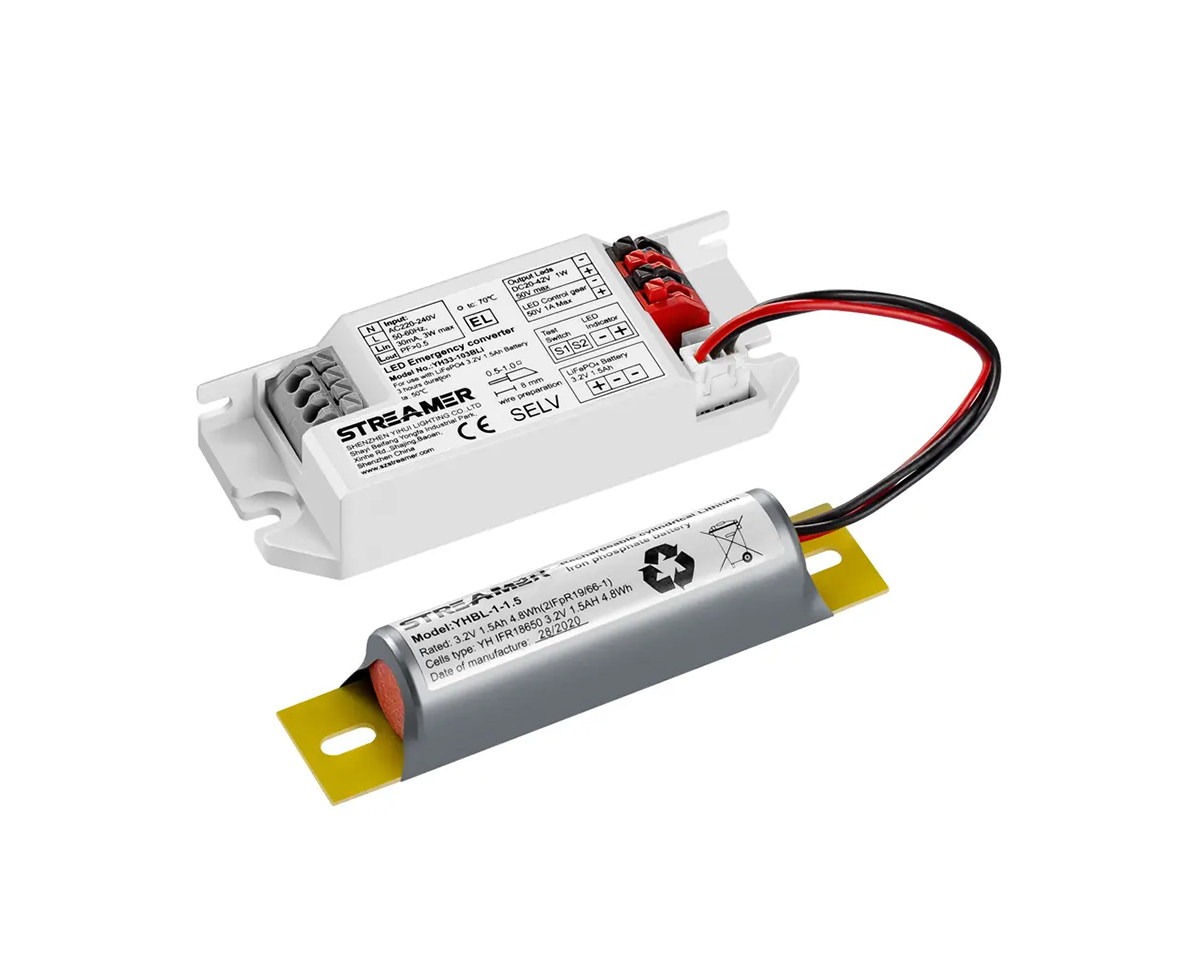 1
1
 Feb 02, 2025
Feb 02, 2025

Touch control in LED emergency power systems provides a modern and user - friendly interface for operating the device. It replaces traditional mechanical switches with touch - sensitive surfaces.
Touch - control technology mainly relies on two common principles: capacitive touch and resistive touch. In capacitive touch - controlled LED emergency power units, the touch - sensitive surface is made of a material with capacitive properties. When a user touches the surface, the capacitance of the area changes due to the presence of the human body, which has a certain electrical charge. This change in capacitance is detected by the device's circuitry, and the location of the touch is determined. The device then interprets the touch event as a specific command, such as a single - tap to turn on the lights or a long - press to adjust the brightness.
Resistive touch, on the other hand, uses two layers of conductive material separated by a thin gap. When pressure is applied to the touch - sensitive surface, the two layers come into contact at the point of pressure. This changes the electrical resistance between the layers, and the device can detect this change to determine the location of the touch and execute the corresponding command.
Touch - controlled LED emergency power systems offer several advantages. They are more durable than mechanical switches as there are no moving parts to wear out. They also provide a sleek and modern appearance. Moreover, touch - control interfaces can be designed to be more intuitive, with features like swipe gestures for adjusting brightness levels or switching between different lighting modes. However, touch - control surfaces can be sensitive to dirt, moisture, and certain types of gloves, which may affect their performance.